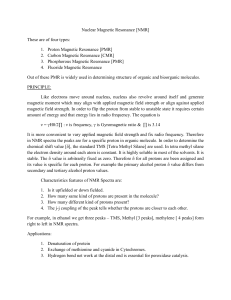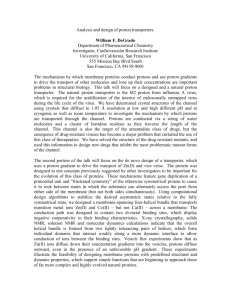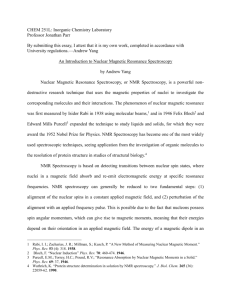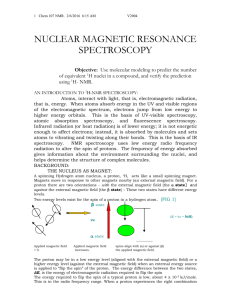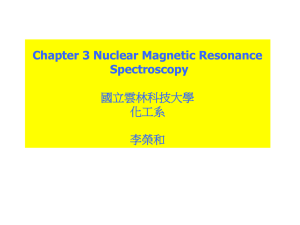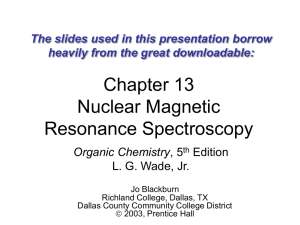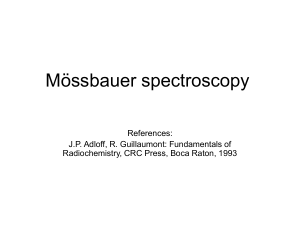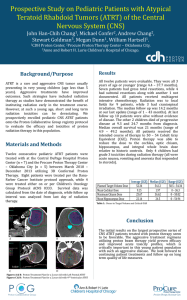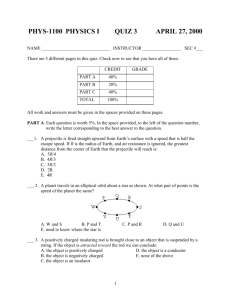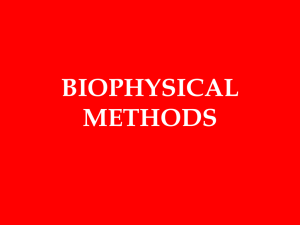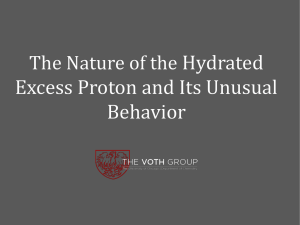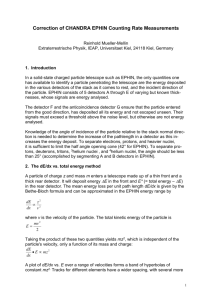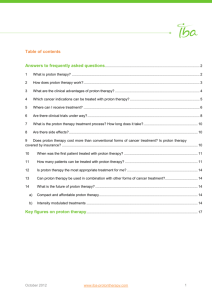NMR2
advertisement
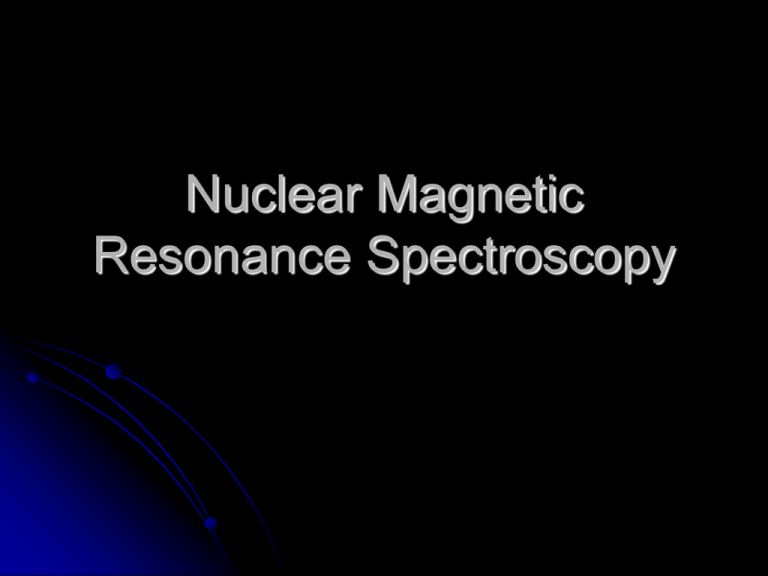
Nuclear Magnetic Resonance Spectroscopy Learning Objectives Use high resolution n.m.r spectrum of simple molecules (carbon, hydrogen & oxygen) to predict The different types of proton present The relative numbers of each type of proton The number of protons adjacent to a given proton Possible structures Given a simple molecule predict features of the n.m.r spectrum. Describe the use of D2O to identify –OH groups Nuclear Magnetic Resonance Spectroscopy Nuclear Magnetic Resonance Spectroscopy Nuclear Magnetic Resonance Spectroscopy H Nuclear Magnetic Resonance Spectroscopy Nuclear Magnetic Resonance Spectroscopy Nuclear Magnetic Resonance Spectroscopy Nuclear Magnetic Resonance Spectroscopy Absorption peak corresponds to the radio frequency absorbed Only nuclei with an odd number of nucleons (neutrons and protons) possess a magnetic spin 1H (proton nmr) 13C The vast majority of proton NMR spectroscopy is performed on liquids. You have a solid sample, what do you dissolve it in? structure spectrum Proton NMR Spectra A B S O R T I O N Electrons around the nucleus shield it from the applied magnetic field. Different radio-frequencies are aborbed depending on the environment of the proton. CHEMICAL SHIFT is a measure of the magnetic field experienced by protons in different environments. CHEMICAL SHIFT is measured in ppm relative to TMS, Si(CH3)4 CHEMICAL SHIFT tells us about the types of protons present CHEMICAL SHIFT A ABSORPTIONS B The area under each peak is directly proportional to the number of protons responsible for the absorption S O R These areas are most often presented as integration traces on the spectrum T I O N CHEMICAL SHIFT Your Turn Our Turn Different types of proton? Relative numbers of each type of proton? CH3CH2OH CH3CH2OH CH3CH2OH CH3CH2OH CHEMICAL SHIFT ppm Type of proton Number of protons 1.0 R-CH3 3 3.5 O-CH2-R 2 4.9 R-O-H 1 Predict 3 different types of proton Number protons is in ratio 1:2:3 Assign possible types of proton to chemical shifts obtained structure CH3CH2OH Expect 3 different types of proton Expect peaks in the following ranges 0.7-1.6ppm (CH3) 3.3-4.3ppm (CH2-O) 3.5-5.5ppm (OH) Expect integration 3:2:1 spectrum Learning Objectives Use high resolution n.m.r spectrum of simple molecules (carbon, hydrogen & oxygen) to predict The different types of proton present The relative numbers of each type of proton The number of protons adjacent to a given proton Possible structures Given a simple molecule predict features of the n.m.r spectrum. Describe the use of D2O to identify –OH groups The number of absorption peaks tells us the number of different types of protons. The chemical shift helps us identify the type of proton. The integration values tells us the relative number of protons. Old Exam Questions [7] [8]
